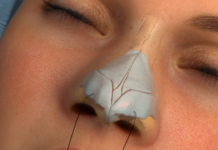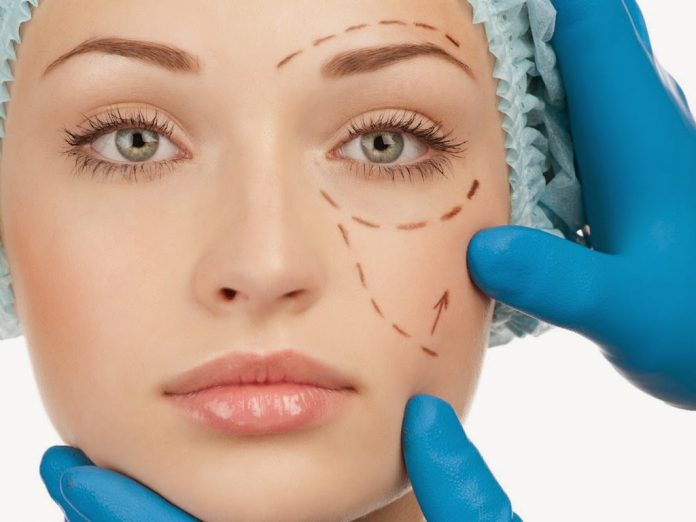
Plastic surgery is incredibly popular.
Like “15.6 million procedures just in 2024” popular.
This growth is not without cause, though! Innovations in science have made plastic surgery easier than ever before. With less invasive procedures and shorter recovery times, many people are looking to improve the function and appearance of their anatomy through plastic surgery.
Interested in learning more about cosmetic plastic surgery procedures? Keep reading!
Popular Cosmetic Plastic Surgery Procedures
1. Liposuction
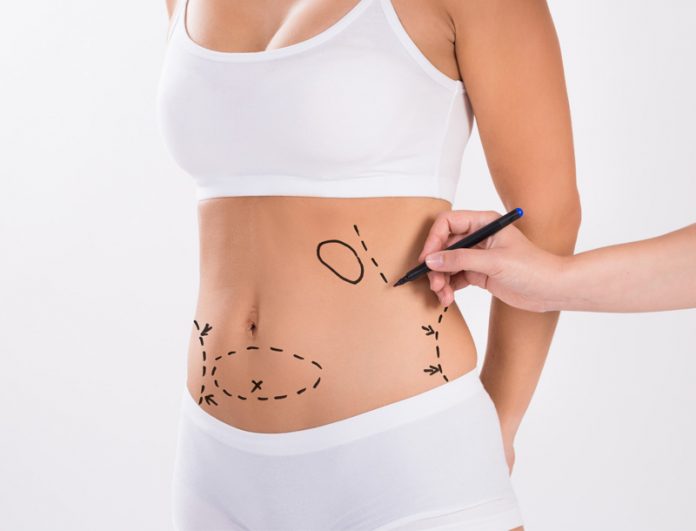
There are many types of plastic surgery procedures to make you feel your best. We’ll be going over the most common procedures here, but you can check out our website for more. Visit to keep reading!
The first common plastic surgery procedure on our list is liposuction. The goal of liposuction is to reduce fat in targeted areas of the body, such as the hips, thighs, and neck. It is important to note that liposuction is not a replacement for weight loss, rather a solution to enhance the body contours already present on the patient.
There are two types of liposuction:
- Tumescent Liposuction: This procedure uses a cannula or a small hollow metal instrument to suction the fat out of the patient’s body.
- Ultrasonic-Assisted Liposuction: This procedure also uses a cannula, but it uses it to release ultrasonic energy to melt the body fat. Then the fat is suctioned out of the body.
The latter option usually has a longer recovery time, but you’ll want to make sure you have sufficient time post-op to recover regardless. This entails avoiding strenuous exercise or work for 2-3 weeks.
2. Rhytidectomy (Facelift)
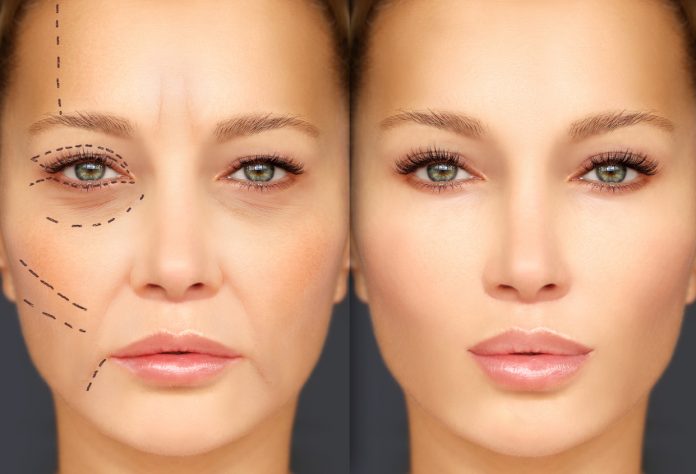
Next, up on the list of popular cosmetic plastic surgery procedures is the Rhytidectomy, otherwise known as the facelift. A facelift is best for those looking to reduce the appearance of wrinkles, aging, and sagging skin.
The procedure will start with the surgeon making incisions around the front of the patient’s ear and behind their hairline. These incisions will remove excess skin and tighten the face. Then, the surgeon will place sutures along the incisions.
Recovery for a facelift often includes looking worse before looking better. Patients will experience bruising and swelling, but this will heal as the skin heals. The sutures will generally be taken out about 10 days post-op.
3. Blepharoplasty (Eyelid Lifts)
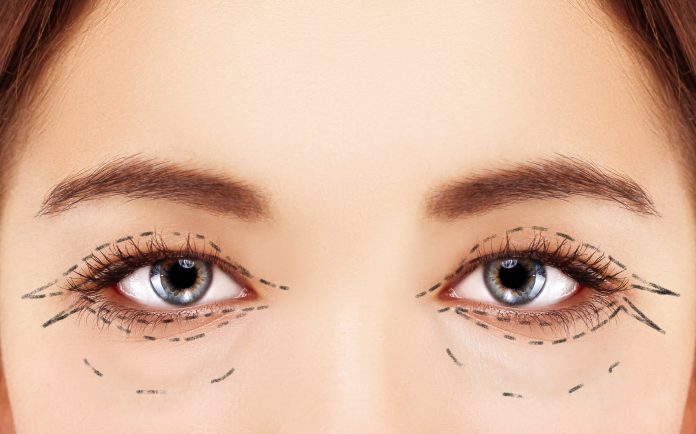
The next procedure is similar to the one above, but it is focused solely on the eyelids. This procedure is called a Blepharoplasty or an eyelid lift.
Eyelid skin is much thinner than the rest of your skin, so it tends to display signs of aging much faster. As this skin starts to sag, it not only makes the patient appear older but also can get into their line of vision and obstruct their sight.
In this procedure, the surgeon will extract extra skin and fat from around the eye area. This procedure usually requires anesthesia and sedation but only takes about 30 minutes to an hour to complete.
Stitches are removed about 3-5 days after surgery, and patients will be able to return to normal activities about a week after surgery. They may notice slight bruising, swelling, or irritation around the eyes during this time.
4. Rhinoplasty (Nose Job)
Next up on the list of common cosmetic plastic surgery procedures is a rhinoplasty or “nose job.”
This procedure can be requested for a multitude of reasons, spanning from improving appearance to benefitting airflow. This is often seen in patients with deviated septums, as the reduced airflow can cause difficulty breathing.
A rhinoplasty is normally done in an outpatient setting and uses anesthesia to allow patients to be fully asleep during the procedure. The procedure requires the surgeon to make incisions within a patient’s nostrils or the base of the nose. Then, the surgeon can reshape the bone and inner cartilage.
Recovery from a rhinoplasty usually involves the patient wearing a splint for the first week after surgery. There will be some swelling and bruising, but this will go away over the weeks following the procedure.
5. Breast Surgery

The next types of cosmetic plastic surgery procedures all have to do with the breasts. These include breast augmentations, lifts, and reductions. Let’s dive into each procedure:
Breast Augmentations
A breast augmentation is a common procedure for someone wanting to enhance their breasts. This procedure uses breast implants or transferred fat to improve the size or symmetrical appearance of the breasts. Breast implants are generally made of silicone or saline to make the breasts look and feel more natural.
The procedure for breast augmentation starts with an incision in an inconspicuous area on the breast. This makes for a less noticeable scar after the procedure. Then, the doctor will insert the implant into a pocket either under the pectoral muscle or over the pectoral muscle directly behind the breast tissue.
Recovery from breast augmentation is a bit more involved than the procedures listed above. Avoiding heavy lifting for a few weeks, taking medication for pain, and wearing a supportive garment or bra can all make the recovery process faster.
Breast Lifts

Natural aging and breastfeeding can cause the breasts to sag over time. This procedure can help reform them back to a perky appearance. If you want to enhance your natural breasts without implants, then a breast lift is your best bet.
The procedure starts with the surgeon making incisions around the natural breast in a pattern that fits the desired final appearance. After this, the healing process looks very similar to breast augmentation.
Breast Reductions
Having naturally large breasts can cause some issues when it comes to your lifestyle. Large breasts often lead to back pain, poor posture, and difficulty doing physical exercise. To fix this, many people turn to breast reduction surgeries.
The process is similar to body liposuction, as the surgeon will use a cannula to remove excess fat around the areola and breast. The days following this will bring along some scarring, bruising, and tenderness, but that is nothing that a few weeks of rest can’t solve.
Look Your Best, Feel Your Best
As the science behind cosmetic plastic surgery procedures continues to advance, we can expect to see shorter recovery times and more natural-looking results.
Read Also:
8 Things to Keep in Mind Before Plastic Surgery


